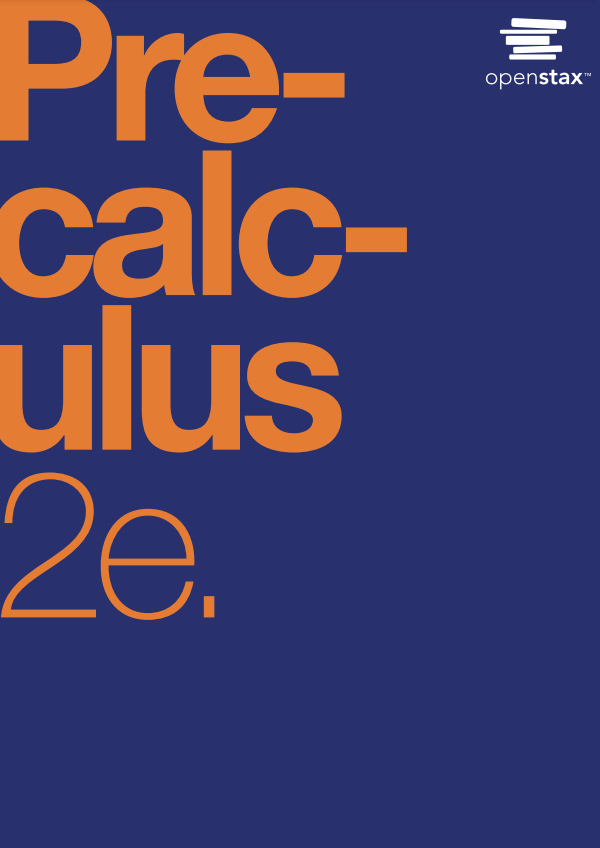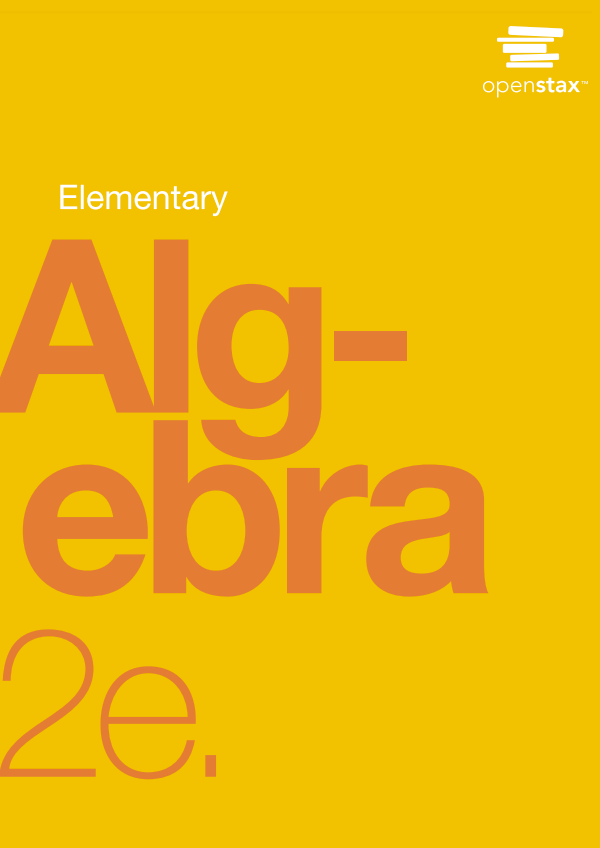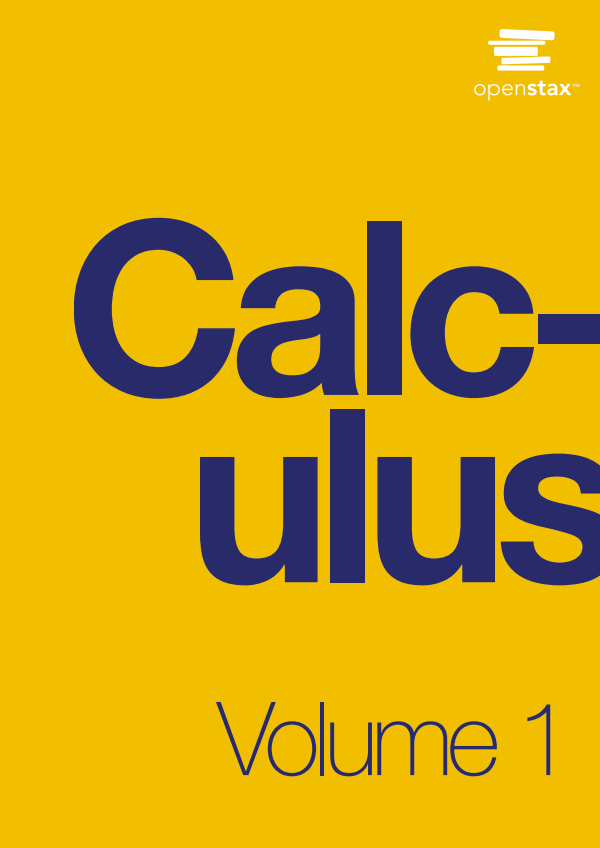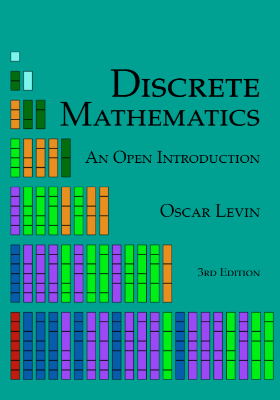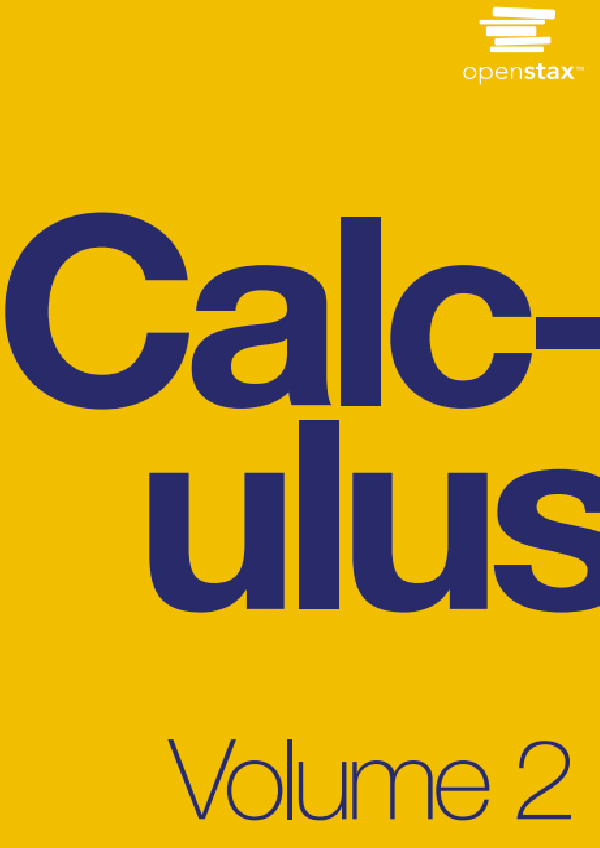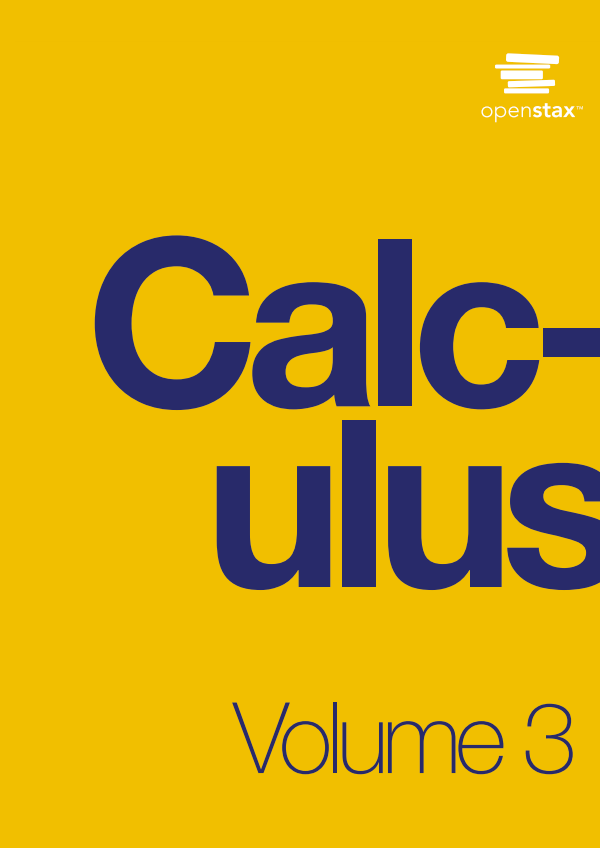This text serves as a Corequisite Workbook for an Applied Calculus course. It is vitally important for students who take this course (and its corequisite) to have a thorough and complete refresher of Algebra skills needed for Calculus. These problems may be assigned as in-class practice problems, and can be also assigned as homework, to be graded and counted toward the Applied Calculus corequisite final grade.
Reading the number line:
- The origin corresponds to the number 0 in the number line.
- To the left of the origin are the negative numbers.
- To the right of the origin are the positive numbers.
Cartesian Coordinate System
Mathematical figures in algebra are drawn in a system or plane called the rectangular coordinate system. Figures are particularly important for giving a visual representation of relationships between two variables.
The Rectangular Coordinate System is also known as the Cartesian Coordinate System, is based on a grid and formed by two perpendicular number lines, the horizontal number line called the x-axis and the vertical number line called the y-axis. Every point on the rectangular coordinate system can be identified by unique x and y coordinates.
The two perpendicular number lines intersect at the point and is called the origin. The rectangular coordinate system is divided into four regions. The regions are called quadrants and labeled in roman numerals as follows: Quadrant I, Quadrant II, Quadrant III, and Quadrant IV, as shown in the figure below.
The Distance Formula
The previous section taught how to plot points in the rectangular coordinate plane. This section teaches how to find the distance between any two points in the plane.
Interval Notation
Interval notation is used to describe a group of numbers in the number line. In mathematics these groups are called Sets. The interval notation is used to group all the numbers between two numbers being studied. The notation used to describe a set are the following.
These symbols can be used in different combinations. The combinations have meaning and this section will teach how to successfully use these symbols to describe any desired set. Note: number on the left side should always be less than the number on the right side (Incorrect : (5,2) ).





